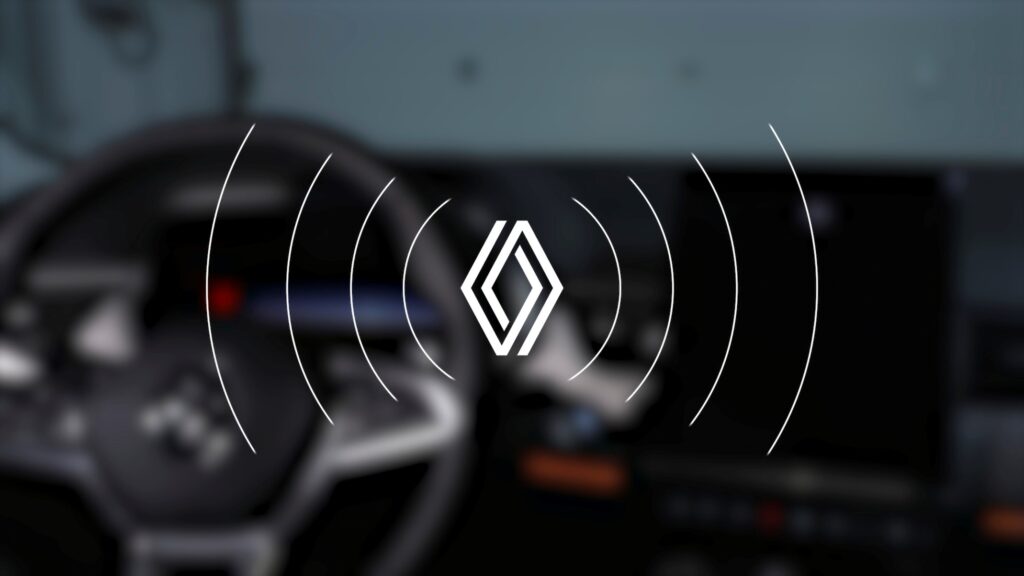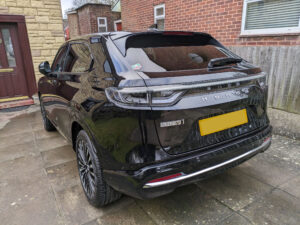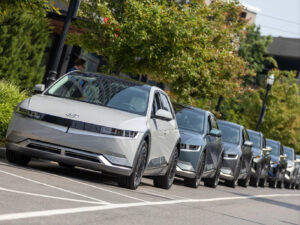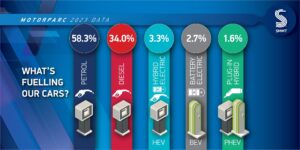Drivers hear a range of sounds on every journey, from indicators and parking sensors to seatbelt warnings. They might seem insignificant but they’re the result of rigorous work. William Rodriguez, Experience Manager at Renault Design, explains the challenges and the creative process behind the development of interior sounds in the Renault vehicles of today and tomorrow.
Why put so much work into the sounds heard inside a vehicle? The way in which they are made and what they actually sound like are central to the overall in-car experience, so for Renault Design they are crucial. Not only are they important for the driver, who must understand what the sounds mean but also for the brand, which can reinforce its identity via these features.
William Rodriguez, Experience Manager, Renault Design said: “The car is an instrument that has to be tuned. It produces abstract sounds which need to be understood. We’re not making music, we’re communicating messages with an intentional aesthetic, while complying with and reinforcing the brand’s DNA.”
Work on sound design inside the cabin focuses on three major sound groups. Regulatory sounds advise or warn, such as the indicators and the seatbelt warning. Driving aid sounds are features such as the parking sensors and Lane departure warning. Finally, multimedia sounds respond to actions performed on the central screen.
Get our FREE ‘GUIDE TO THE BEST EVs’ e-mailed directly to your inbox
There are several reasons why it is important to formulate a sound design strategy. It provides a unique user experience, finding the ideal balance between sound and other visual or haptic stimuli. The sounds must be pleasant for the user while sending the right messages to inform, confirm, warn or alert. The driver must be able to instinctively interpret them and adapt their behaviour.

A particular strategy must also create a sound environment that’s specific to the Renault brand. The sound elements that enliven the passenger compartments and screens in vehicles all help to reinforce the brand identity, in the same way as a light signature or an advertising slogan.
The user experience department at Renault Design is currently working on a new generation of in-car sounds for production vehicles. As with a classic industrial design process, work on sound design is carried out with sketches created for each sound, in line with the overall artistic direction and the type of message to be conveyed.
To embody compassion and to create attractive sounds, nature very quickly became the main source of inspiration. “We worked with a palette of sounds inspired by nature: pieces of wood rubbing together, percussive sounds, seeds pouring, drops of water.”
From here, these sound materials are stylised and mixed using sound processing software, then tested on target users who share their perceptions. This is important, as users may judge a sound to be too ‘dark’ or too ‘sharp’, too ‘plastic’ or too ‘musical’.
Depending on this feedback, the sounds are then reworked, sculpted, contoured or trimmed, while ensuring they match the overall strategy, in close collaboration with other departments such as Product, Engineering and Marketing.
The total makeover of sound design for future Renault vehicles is close to completion. The result will be heard in models launching in 2022.
Watch the full video here: https://youtu.be/nRMsrud31HI
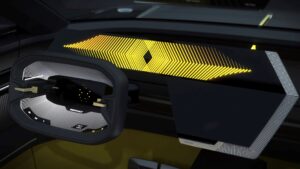
About Renault
Renault, a historic mobility brand and pioneer of electric vehicles in Europe, has always developed innovative vehicles. With the ‘Renaulution’ strategic plan, Renault has embarked on an ambitious, value-generating transformation moving towards a more competitive, balanced and electrified range. Its ambition is to embody modernity and innovation in technology, energy and mobility services in the automotive industry and beyond.


